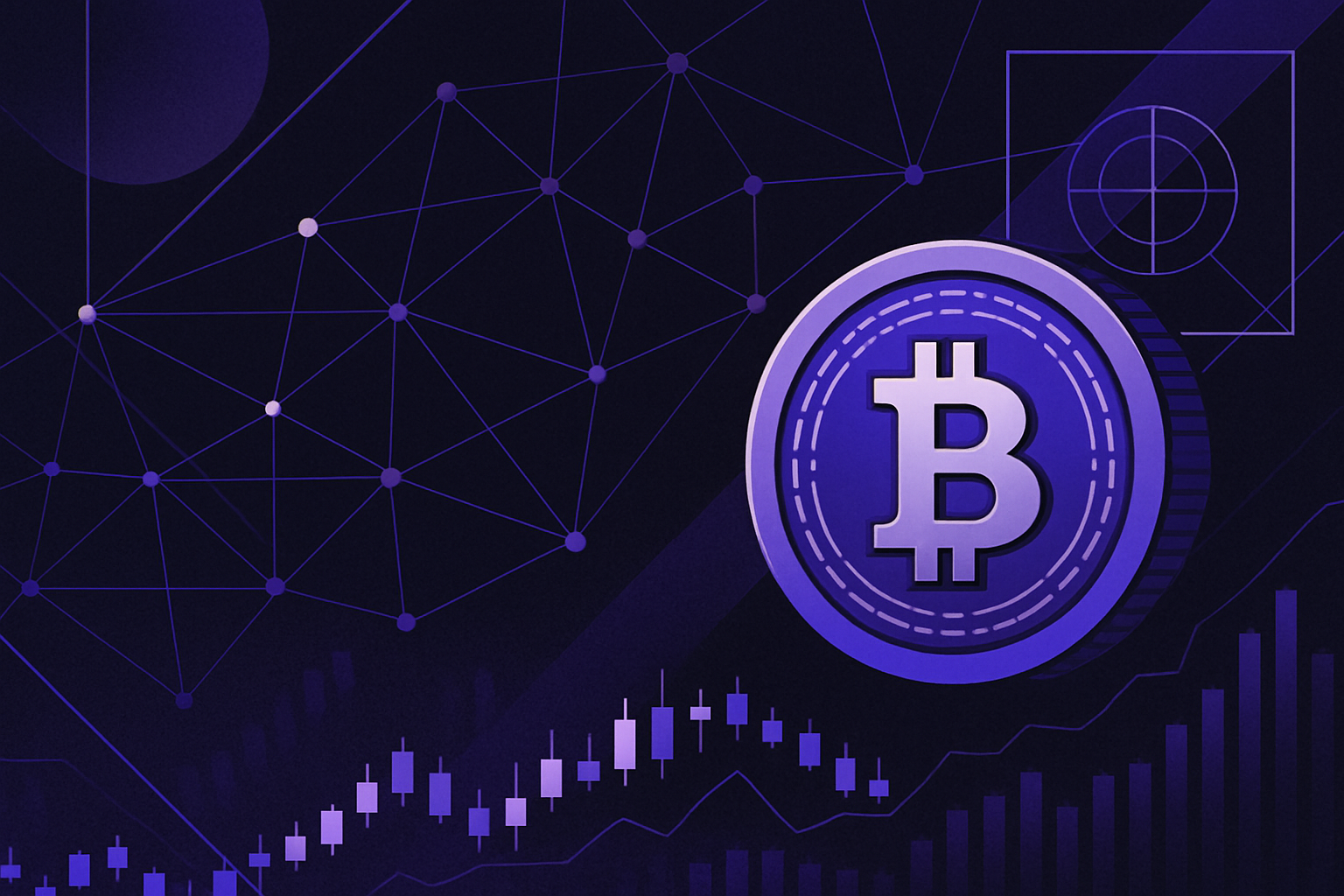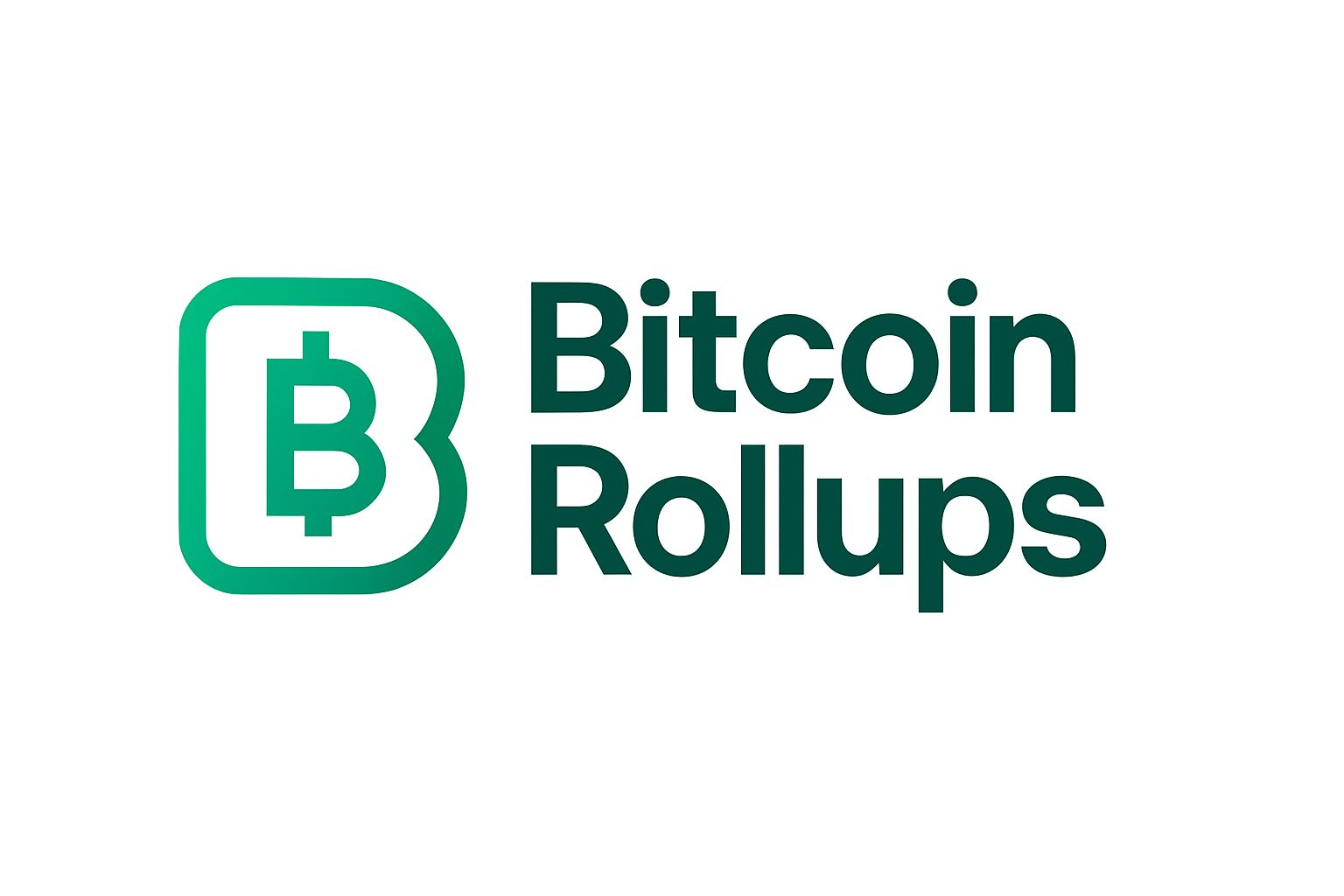
Bitcoin’s rapid ascent, now trading at $111,393.00, has reignited the debate around scalability. As on-chain congestion and high fees threaten user experience, zero-knowledge rollups (ZK-Rollups) are emerging as a transformative Layer 2 solution. While Ethereum pioneered the ZK-rollup concept, new research and technical breakthroughs are making ZK-Rollups increasingly viable for Bitcoin’s more conservative architecture.
What Are Zero-Knowledge Rollups and Why Do They Matter for Bitcoin?
Zero-knowledge rollups are a class of off-chain scaling solutions that bundle hundreds or even thousands of transactions together. Instead of recording each transaction individually on the Bitcoin blockchain, ZK-Rollups generate a succinct cryptographic proof, usually a zk-SNARK: that attests to the validity of all batched transactions. This proof is then posted to the main chain, where it can be verified quickly and efficiently.
The result: drastically reduced data load on Bitcoin’s base layer, lower transaction fees, and near-instant settlement finality for users. Importantly, zero-knowledge proofs provide strong privacy guarantees by allowing validators to confirm transaction correctness without revealing individual details.
This approach is especially relevant as Bitcoin continues to operate at or near full capacity; its current average throughput remains around seven transactions per second (tps). According to recent research, ZK-Rollups could push this figure above 700 tps, a one-hundred-fold increase in throughput that positions Bitcoin as a credible high-volume payments network.
The Technical Blueprint: How ZK-Rollups Work on Bitcoin
The core innovation behind ZK-Rollups is their use of advanced cryptography. Here’s how the process unfolds:
- Batched Transactions: Off-chain operators aggregate user transactions into large batches.
- Proof Generation: A zero-knowledge proof is generated using zk-SNARKs or similar protocols. This proof attests that all batched transactions are valid according to consensus rules.
- Main Chain Submission: Only the succinct proof (not every transaction) is submitted and stored on the Bitcoin blockchain.
- On-Chain Verification: Anyone can verify the validity of all underlying transactions by checking the cryptographic proof, without needing access to private transaction data.
This model offers both scalability and privacy benefits. For developers interested in building with these tools or understanding their mechanics, check out our developer’s guide to ZK-Rollup protocols on Bitcoin.
Navigating Technical Hurdles: Script Limitations and Data Management
The path to robust zkBTC scalability isn’t without obstacles. Unlike Ethereum’s flexible smart contracts, Bitcoin’s scripting language is intentionally limited for security. This restricts direct integration of complex zero-knowledge logic. Early solutions like BitVM required regenerating circuits for each verification cycle, a costly and inefficient process.
Recent innovations have begun addressing these issues:
- BitVM3 Architecture: By leveraging Taproot upgrades and a challenge-response mechanism, BitVM3 enables complex computation verification without altering core protocol rules.
- Circuit Reuse via Label Forward Propagation: This method abstracts input-output relationships so circuits can be reused across multiple batches, reducing computational overhead while preserving security through homomorphic obfuscation circuits.
- Data Compression Techniques: Advanced encoding strategies now compress off-chain auxiliary data substantially, making storage and transmission feasible within Bitcoin’s decentralized structure.
If you want a deep dive into how these cryptographic advancements enable secure scaling, see our analysis on zero-knowledge proofs improving rollup security in Bitcoin.
Bitcoin Price Prediction 2026-2031 with ZK-Rollup Scalability Impact
Forecast based on latest technical, market, and scalability developments as of October 2025
| Year | Minimum Price | Average Price | Maximum Price | Year-on-Year Change (%) | Market Scenario Insights |
|---|---|---|---|---|---|
| 2026 | $89,000 | $120,000 | $155,000 | -5% to +12% | Potential post-bull market correction, but ZK-Rollup progress cushions downside |
| 2027 | $102,000 | $135,000 | $180,000 | +12% to +16% | Renewed institutional interest; ZK-Rollup adoption begins to improve transaction capacity |
| 2028 | $120,000 | $155,000 | $215,000 | +15% to +19% | Wider adoption of Layer 2 solutions; regulatory clarity increases confidence |
| 2029 | $135,000 | $175,000 | $255,000 | +13% to +19% | Mainstream integration of ZK-Rollups; increased DeFi and payment use cases |
| 2030 | $155,000 | $200,000 | $295,000 | +14% to +18% | Bitcoin handles higher transaction volumes, competes with high-throughput blockchains |
| 2031 | $177,000 | $225,000 | $345,000 | +11% to +17% | Mature ZK-Rollup ecosystem on Bitcoin; global digital asset adoption accelerates |
Price Prediction Summary
Bitcoin’s price outlook from 2026 to 2031 remains bullish overall, with scalability breakthroughs like ZK-Rollups expected to drive new adoption waves and use cases. While short-term corrections are possible, the long-term trend is supported by increasing transaction capacity, broader institutional participation, and the evolution of Bitcoin’s technology stack. Minimum and maximum ranges account for both bearish (regulatory setbacks, slow adoption) and bullish (rapid integration, global demand) scenarios.
Key Factors Affecting Bitcoin Price
- Adoption and integration of ZK-Rollups and other Layer 2 solutions on Bitcoin
- Institutional investment cycles and macroeconomic trends
- Regulatory developments in major jurisdictions
- Competition from high-speed blockchains and emerging digital assets
- Bitcoin network upgrades beyond ZK-Rollups (e.g., further Taproot enhancements)
- Global economic events and fiat currency inflation/deflation
- Market sentiment swings, especially during halving cycles and post-halving runs
Disclaimer: Cryptocurrency price predictions are speculative and based on current market analysis.
Actual prices may vary significantly due to market volatility, regulatory changes, and other factors.
Always do your own research before making investment decisions.
These architectural breakthroughs are not just theoretical. Several early implementations are already being tested in the wild, with developers experimenting on Bitcoin testnets and sidechains. The focus is on finding the right balance between minimizing trust assumptions and achieving high throughput without sacrificing Bitcoin’s core ethos of decentralization.
Scaling Bitcoin to Meet Global Demand
With Bitcoin’s price holding steady at $111,393.00, institutional and retail interest is surging. This brings both opportunity and pressure: as more users flock to the network, transaction fees can spike, and confirmation times may lag. ZK-Rollups offer a credible path to absorb this demand by enabling orders-of-magnitude more transactions per block while keeping fees low.
The implications go beyond simple payments. A scalable Layer 2 powered by zero-knowledge rollups could unlock new use cases for Bitcoin, from high-frequency microtransactions to decentralized finance (DeFi) protocols native to BTC. Unlike custodial scaling solutions or federated sidechains, ZK-Rollups retain trust-minimized characteristics, users do not have to cede control of their coins or rely on centralized operators.

As privacy concerns grow alongside scalability needs, zero-knowledge proofs provide an additional benefit: selective disclosure. This means that while the network can verify transaction validity at scale, individual transaction details remain confidential, an essential feature for enterprise adoption and regulatory compliance in certain jurisdictions.
What’s Next for zkBTC Scalability?
The race is on among protocol teams and open-source contributors to deliver production-ready zkBTC rollup frameworks. Watch for continued improvements in proof efficiency (such as faster zk-SNARKs), better interoperability with existing wallets, and robust mechanisms for data availability that do not compromise decentralization.
For those interested in how these solutions specifically enhance both privacy and scalability for end-users, our guide on zkBTC rollups’ impact on privacy and scalability offers further technical insights.
The Developer’s Toolkit: Getting Started with ZK-Rollups
If you’re a builder eager to experiment with zero-knowledge rollup protocols on Bitcoin, you’ll need a working knowledge of cryptographic circuits and access to compatible development tools. Below is a simplified example showing how a zk-SNARK proof might be generated and verified within an off-chain aggregator before submitting the succinct proof to the main chain:
Pseudocode: zk-SNARK Generation and Verification for Bitcoin Rollups
Zero-knowledge proofs like zk-SNARKs are key to scaling Bitcoin via rollups. Below is pseudocode illustrating how a zk-SNARK can be generated and verified for a Bitcoin rollup transaction.
# Pseudocode for zk-SNARK Generation and Verification in Bitcoin Rollup
def generate_zk_snark(transaction_data, proving_key):
# 1. Encode transaction data as circuit inputs
circuit_inputs = encode_to_circuit_inputs(transaction_data)
# 2. Generate proof using the proving key
zk_proof = zkSNARK_prove(circuit_inputs, proving_key)
# 3. Output the proof
return zk_proof
def verify_zk_snark(transaction_data, zk_proof, verification_key):
# 1. Encode transaction data as circuit inputs
circuit_inputs = encode_to_circuit_inputs(transaction_data)
# 2. Verify the proof using the verification key
is_valid = zkSNARK_verify(circuit_inputs, zk_proof, verification_key)
# 3. Return verification result
return is_valid
# Example usage
transaction = { 'inputs': [...], 'outputs': [...] }
proving_key = load_proving_key()
verification_key = load_verification_key()
zk_proof = generate_zk_snark(transaction, proving_key)
if verify_zk_snark(transaction, zk_proof, verification_key):
print("zk-SNARK proof is valid. Transaction accepted in rollup.")
else:
print("Invalid zk-SNARK proof. Transaction rejected.")This pseudocode abstracts away cryptographic details, focusing on the high-level process: encoding transaction data, generating a proof, and verifying it using appropriate keys. In real-world implementations, specialized zk-SNARK libraries handle these steps securely.
This modular approach means developers can iterate quickly without waiting for consensus changes at the protocol level, a key advantage given Bitcoin’s conservative upgrade process. For a comprehensive walkthrough of integrating ZK-Rollups into your own projects, see our developer’s guide.
Outlook: A More Scalable Future for Bitcoin
The coming years will be pivotal as ZK-Rollup research transitions from academic papers to mainnet deployments. If successful, these innovations could redefine what is possible with Bitcoin, enabling it not only to maintain its position above $100,000 but also serve billions of users worldwide without compromising security or decentralization.
The integration of zero-knowledge rollups represents one of the most promising frontiers in Bitcoin scaling solutions. With ongoing advancements in cryptography and protocol engineering, the vision of fast, private, low-cost BTC transactions is moving rapidly from theory into practice.






